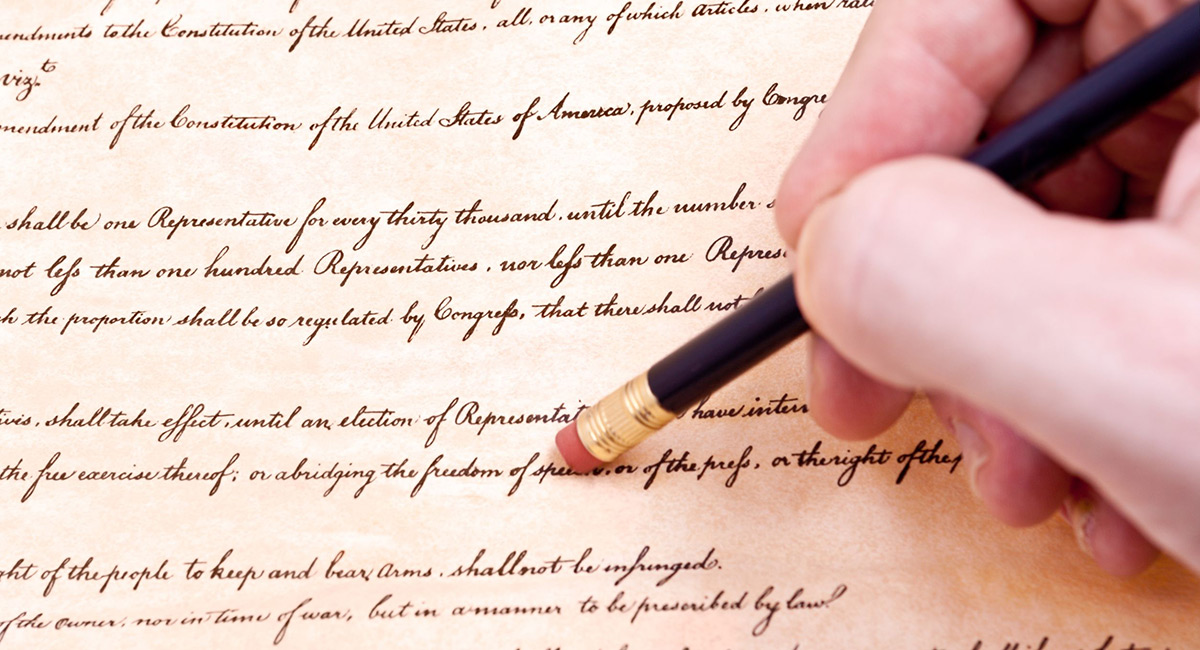The headline above is based on my interpretation of results of a survey of nearly 20,000 college students (at least 230 at each school) at 55 colleges and universities done by the Foundation for Individual Rights in Education (FIRE), working with RealClear Education and College Pulse. If you are a college student who doesn’t like being hassled for expressing opinions, even quirky unpopular ones, consider going to the University of Chicago, Kansas State, or the University of Texas’s cross-state rival, Texas A & M.
Tolerance of alternative viewpoints seems a bit greater at public universities than at elite private schools. Most of the top 10 rated schools in terms of free speech commitment were large state schools, while only one Ivy League school, Brown, made the top 10. Two of the Ivies, Harvard and Dartmouth, made the bottom 10 along with five other private schools. The public-private differences, however, are weak with many exceptions. The two ranked public schools in Illinois, for example, the University of Illinois at both Urbana-Champaign and at Chicago, ranked well below the two private schools, Chicago and Northwestern. Two states with two highly ranked (top 10) public schools each: Arizona and Virginia.
Five categories dealing what what might be called “free speech” were used including “openness”, “tolerance,” “administrative support,” “self-expression,” and “speech codes.” Like all sampling procedures, there is probably some error, and the survey suffers significantly from being limited, probably for financial reasons, to 55 schools (FIRE plans a much bigger survey soon). There are relatively few mid- to lower-quality state universities in the survey, or prestigious liberal arts colleges. Yet all the Ivy League is included. Populous Florida is completely unrepresented, yet there are two schools each from much less populated South Carolina, Utah and Oklahoma.
To me the survey showed a distressing lack of protection for free expression of ideas and, perhaps even more appalling, a lack of student commitment for a tolerance for diverse viewpoints. For example, 37% of student respondents think it is okay to block an entrance to events to prevent others from hearing a speaker. Acceptance of such Cancel Culture tactics is more than twice as acceptable among liberal students (47%) than conservative ones (23%). The Enlightenment idea of a free flow of ideas, prevailing in Western culture since the 1700s, is rejected by a huge percentage of students, especially those on the left. A large majority of students (60%) said they were afraid to candidly state their position on issues because of fear of adverse feedback from other students, professors, etc.
Another set of FIRE data evaluates policies and administrative actions at over 450 schools regarding issue such as free speech, due process in campus disciplinary actions, and so forth. It issues three ratings: green, for schools with policies, such as the adoption of the Chicago Principles, espousing free speech and condemning efforts to suppress it; red, indicating schools with a least one policy clearly and substantially restricting freedom of speech (such as campus speech codes, or not providing due process and protections of those accused in harassment cases); and yellow, schools with ambiguous policies “that too easily encourages administrative abuse and arbitrary application.”
My state, Ohio, is probably fairly typical. Twelve of 15 schools have the yellow designation indicating lip service to free speech but actually easy to curtail it; two schools (Case Western Reserve and Shawnee State) with a red designation, and only one, Cleveland State University, with the desired (from a free speech/due process perspective) green ranking. Next store neighbor Pennsylvania has some seven red ranked schools, compared with only two green ones. In populous California, there are only two green ranked schools, UCLA and Claremont McKenna College (although some schools are not ranked.) Nationwide, nearly 100 schools (22% of those ranked) had a red ranking, compared with 56 green schools.
Bottom line: While most recent attention has been on the fact that colleges and universities are hurting financially and losing enrollment, more attention needs directed to a greater, more existential impact on their whole raison d’etre; colleges are increasingly ignoring and disdaining the principles of vibrant free expression and civil pronouncement of diverse ideas that made them relevant, important, and great.













